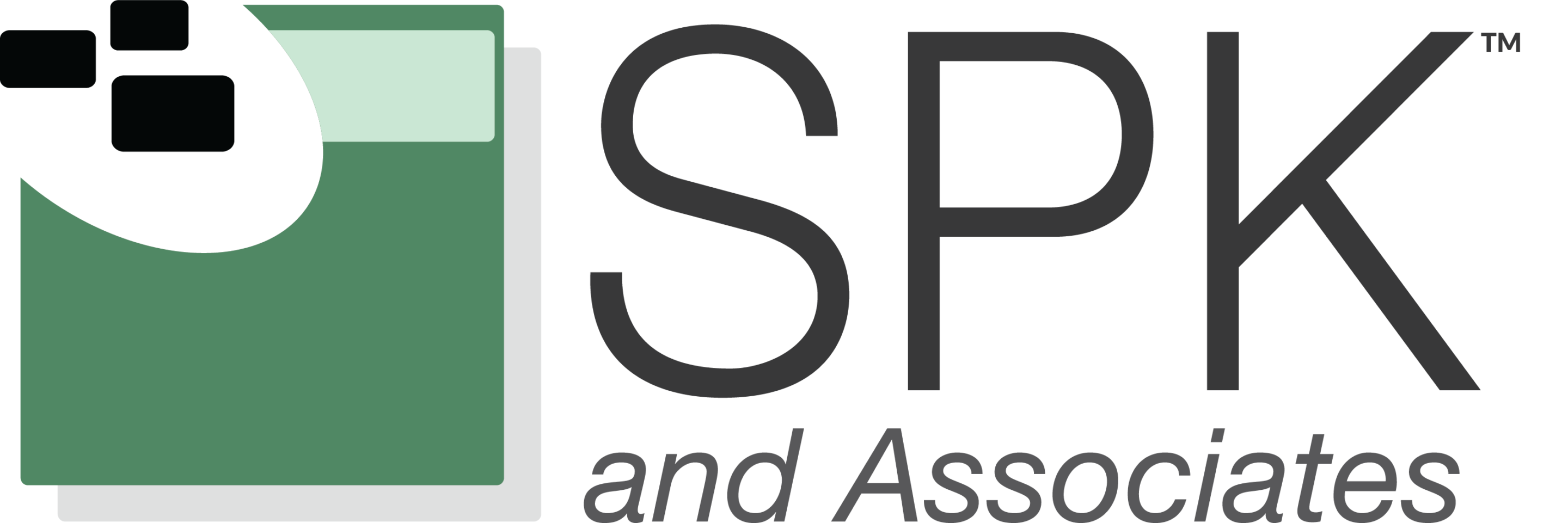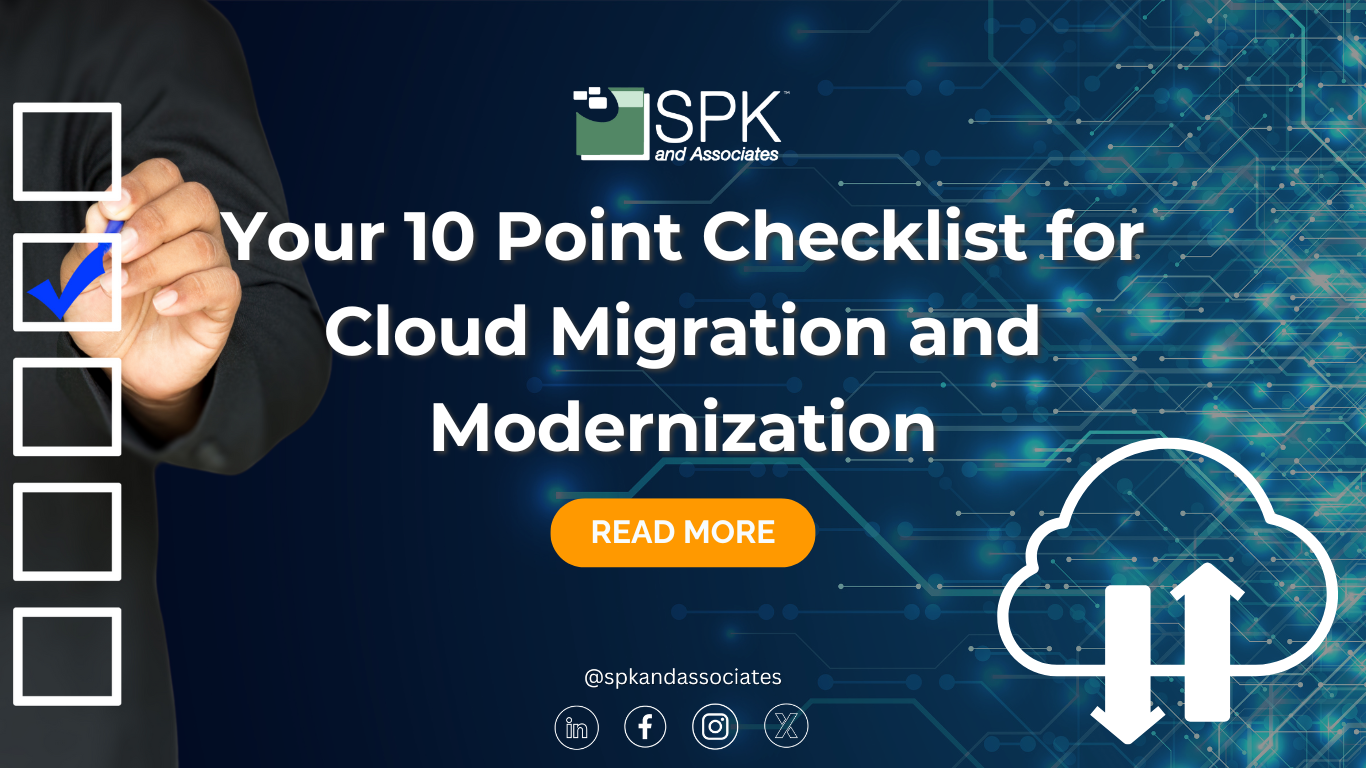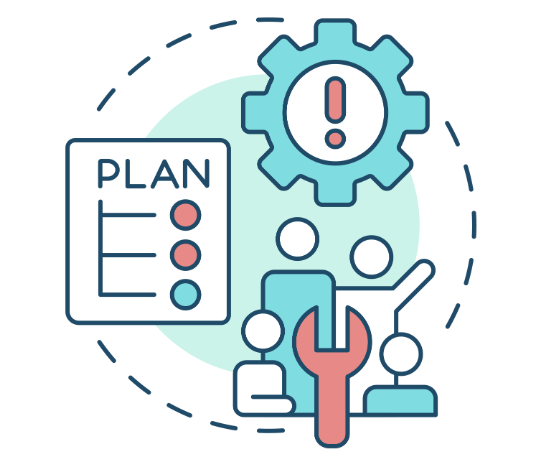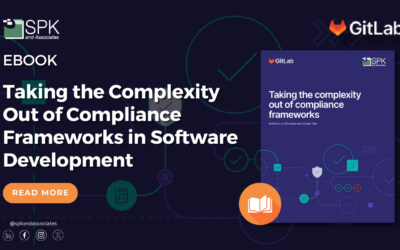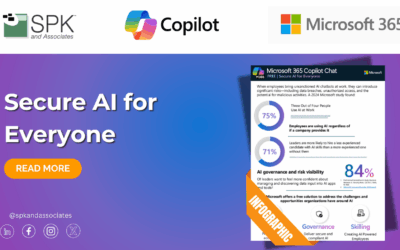Cloud migration and modernization are essential for businesses looking to remain competitive and achieve cost efficiency. Microsoft Azure has emerged as a leading cloud platform, offering robust infrastructure, scalability, and security to its users. It is an exceptional option for enterprises transitioning from legacy systems. Understanding when and why to migrate is crucial. Many organizations struggle with aging on-premises systems, limited scalability, and high maintenance costs—all of which impact productivity and growth. Let’s explore key areas of opportunity for migration to help you navigate the cloud transition.
Areas of Opportunity for Cloud Migration
Before migrating, it is important to understand what you aim to accomplish from the migration. Understanding why you want to migrate can help with decisions such as what kind of migration you want to undergo or which platform is the best choice for your business.
On-Premises Infrastructure and End-of-Life Technology
Aging on-premises infrastructure presents major limitations. If your current infrastructure is difficult to maintain and update, your main goal may be to modernize for technical reasons. Older technology can waste time and risk discontinued support, leading to security vulnerabilities, giving even more reason to migrate.
Limited Scalability
Scalability is a fundamental advantage of cloud computing. Without scalable infrastructure, business expansion can be inhibited. This not only causes inefficiencies, but rapid growth on-prem can require costly, hardware investments.
Resource-Heavy Disaster Recovery
Legacy infrastructure often leads to expensive and inefficient disaster recovery. Cloud platforms eliminate maintenance, frequent downtime due to system failures, and over-provisioning, leading to wasted resources.
Limited Visibility
Siloed, outdated systems create poor visibility across the organization. Having a single source of truth for business insights aids in collaboration and more informed decision-making.
Costs
Legacy technology can significantly increase operational costs due to hardware maintenance, underutilized resources, and scaling costs. Moving to the cloud eliminates all of these pocket-drainers.
Security Challenges
Cloud adoption strengthens security and compliance, whereas legacy systems often leave organizations vulnerable to cyber threats and compliance risks. In addition to this, they often require costly specialized IT and security teams just to keep your data secure.
Outdated Technology & Applications
Without cloud-based solutions, businesses risk falling behind competitors using modern tools. Not only do they miss opportunities, but some legacy systems fail to meet industry security and compliance standards which lowers customer rapport.
Inhibited Collaboration
Remote and hybrid workforces often struggle without seamless collaboration tools available in the cloud. This often leads to employee frustration due to collaboration being hindered by outdated technology
10-Point Cloud Migration Checklist
Once you discover which of these issues (if not all) you desire to resolve with your cloud migration, you can start checking off the following list.
1. Reduce Technical Debt – Migrating to the cloud should address long-term sustainability rather than just short-term cost savings. Although a lift and shift may seem cheaper now, in the long run, it may be better to address the migration as a total transformation, done in phases.
2. Develop a Business Case – Establish a clear business case for migration, revisiting it periodically for alignment. This will ensure success throughout the migration process.
3. Manage Organizational Change – Ensure that stakeholders are on board with the migration strategy.
4. Modernize Approval Processes – Traditional IT approval cycles can slow cloud adoption—adjust to match cloud agility.
5. Prioritize Data Migration – Application migration is incomplete without properly handling data transfer and integration. You cannot move apps without moving data.
6. Assess Complex Applications – Some complex workloads may require lift-and-shift before optimization. Conduct a portfolio analysis to establish if this is the best approach.
7. Embrace a Cloud-Smart Approach – Not everything belongs in the public cloud immediately. Hybrid strategies could be effective for your organization.
8. Balance Cloud-Native & Agnostic Solutions – Ensure portability and interoperability between cloud-native and cloud-agnostic services.
9. Secure Incremental Wins – Small, phased migrations help maintain stakeholder support and minimize disruptions. Don’t be afraid to take it slow.
10. Optimize Costs Continuously – Use cloud cost management tools to track and rightsize your cloud infrastructure.
Best Practices for Cloud Migration & Modernization
In addition to all of this advice, you will need a strategic approach if you want your cloud migration to be successful. Organizations should evaluate their specific business needs to decide which migration strategy works best for them:
- Rehosting (Lift-and-Shift) – Moving apps with minimal changes
- Refactoring – Optimizing apps for better cloud performance
- Rebuilding – Redeveloping apps using cloud-native architectures
- Replacing – Retiring outdated apps in favor of new cloud solutions
Our expert suggestion is to perform a phased and iterative migration. Although it may seem easier to move everything over right away, this can often lead to more problems than what it’s worth. You should start small such as with IT and development teams, who are more adaptable to Minimum Viable Products (MVPs). Then, gradually expand cloud adoption across the organization after early successes. True digital transformation should enable optimized infrastructure, lower costs, enhanced collaboration, better operational efficiency, and improved security. Take your time to ensure it is more than just a move for your business, but instead, a transformation of processes.
Migrating and Modernizing with Azure
Migrating to Azure presents significant advantages, including cost reduction, scalability, security, and innovation. However, successful cloud migration requires a clear strategy, stakeholder alignment, and a phased approach to ensure maximum efficiency. By leveraging this 10-point checklist, businesses can navigate the migration process smoothly and ensure their cloud transformation delivers long-term value. Are you ready to modernize? Contact us today to discover how SPK can help.

